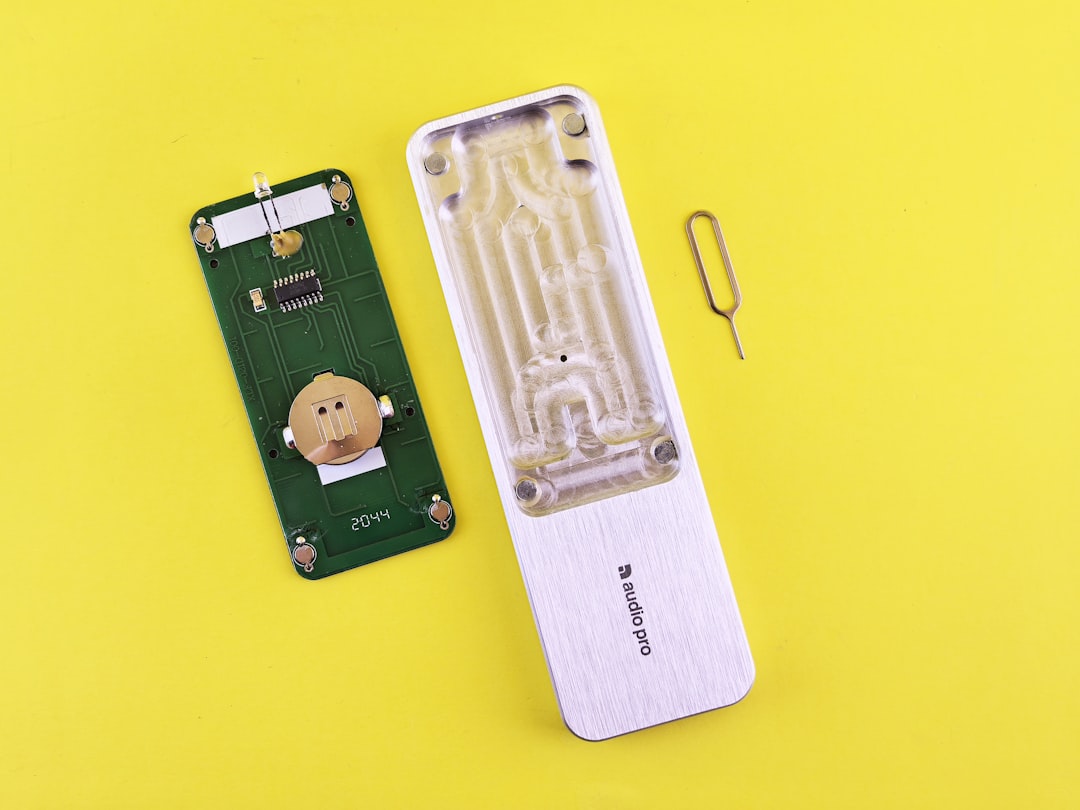Restoring Battery Power with Epsom Salt
Addressing Common Misconceptions About Lead-Acid Battery Restoration
Regularly scheduled equalization helps prevent sulfate buildup and ensures thorough mixing of electrolytes across all cells – key factors in maintaining optimal health and extending life expectancy for deep-cycle batteries. While these methods might show an immediate small increase in capacity, they ultimately shorten the lifespan of the battery significantly. Equalization is essentially a controlled overcharge performed after the normal charging cycle has completed.
Professional Advice and CareExperts like Fred Wehmeyer emphasize that following manufacturer-recommended care procedures remains critical for achieving optimal longevity and performance from batteries. Optimal Recovery MethodsWhen dealing with a sulfated battery, rather than resorting to quick fixes or risky hacks, using established and controlled methods like equalization charges or extended slow charges proves more beneficial.
Alternative Charging MethodsWehmeyer suggests a more reliable approach for managing sulfation involves using a controlled long, slow charge method or regular equalization charges if available on your charger. Battery clarify that these are just temporary gains.
The Dangers of Other Common HacksOther DIY hacks for battery recovery include the use of baking soda and aspirin. Following manufacturer guidelines and investing time into regular upkeep will extend both performance lifespan and operational efficiency of your lead-acid batteries far more reliably than any makeshift solution.
